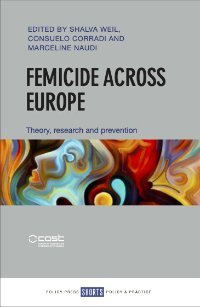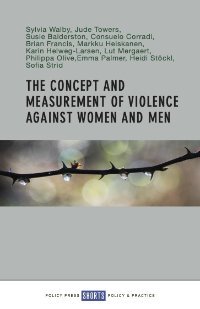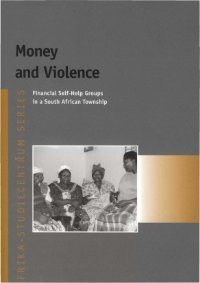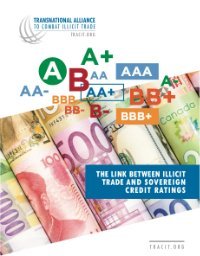By Janne Kivivuori • Mona Rautelin Jeppe Büchert Netterstrøm • Dag Lindström Guðbjörg S. Bergsdóttir • Jónas O. Jónasson Martti Lehti • Sven Granath Mikkel M. Okholm • Petri Karonen.
Lethal Violence in the Early Modern Era and Present Times. Nordic Homicide in Deep Time draws a unique and detailed picture of developments in human interpersonal violence and presents new findings on rates, patterns, and long-term changes in lethal violence in the Nordics. Conducted by an interdisciplinary team of criminologists and historians, the book analyses homicide and lethal violence in northern Europe in two eras – the 17th century and early 21st century. Similar and continuous societal structures, cultural patterns, and legal cultures allow for long-term and comparative homicide research in the Nordic context. Reflecting human universals and stable motives, such as revenge, jealousy, honour, and material conflicts, homicide as a form of human behaviour enables long-duration comparison. By describing the rates and patterns of homicide during these two eras, the authors unveil continuity and change in human violence. Helsinki:
Helsinki University Press, 2022. 378p.
















